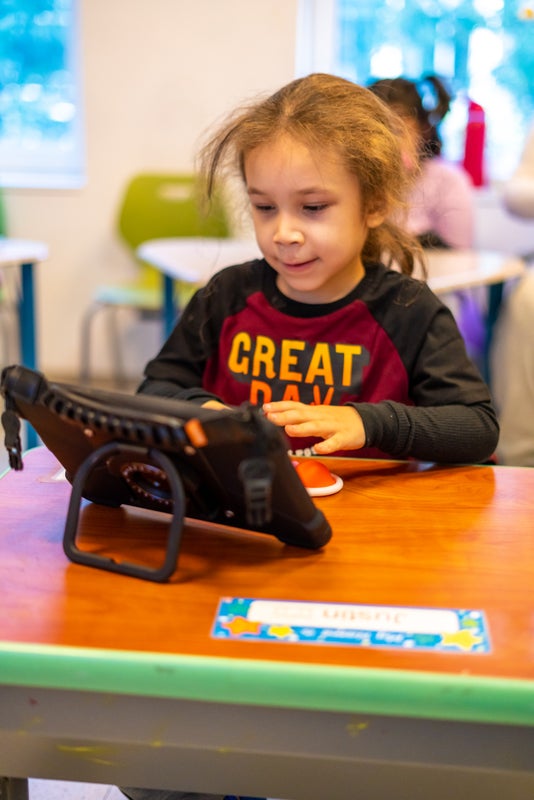For children who use AAC (Augmentative and Alternative Communication) devices, babbling may look a little different. You might notice your child repeatedly pressing the same button, tapping random icons, or exploring pages without clear intent. This type of exploration is a typical and important part of the AAC learning process.
Babbling supports AAC users’ language growth in similar ways:
Motor practice/ planning:
It helps AAC users learn how to access the device—whether using their hands, eyes, or a switch—and begin to remember where words are located.
Auditory feedback:
By hearing words spoken by the device over and over, users start to connect the sound of the word with its meaning and location.
Social interaction:
Caregivers can respond to AAC babbling just like vocal babbling, encouraging conversational turn-taking and reinforcing social communication skills.
Predicts language development:
AAC babbling can lead to growth in expressive language. As users repeatedly select words, they hear them paired with symbols and written text, helping build comprehension and use. Research suggests that this process may even support verbal speech development for some children.




